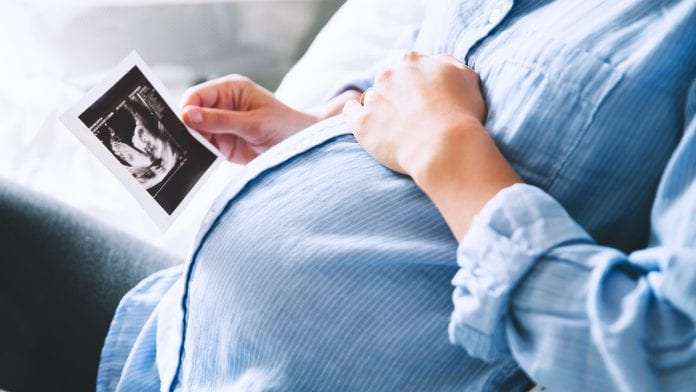
A third of women in England suffer severe reproductive health problems such as infertility and early menopause, but now robotic sensor technology could identify live reproductive issues.
Developed by researchers at Imperial College London and The University of Hong Kong, the robotic sensor technology can be used to measure hormones that affect reproductive issues such as fertility, sexual development and menstruation more quickly and cheaply than current methods.
Tackling reproductive issues
The work, published in Nature Communications, took place in the Chemistry Department at Imperial College London and the School of Biomedical Sciences at the University of Hong Kong. It was tested in patients at Hammersmith Hospital, part of Imperial College Healthcare NHS Trust, UK.
A third of women in England suffer from severe reproductive issues such as infertility and early menopause. Doctors usually diagnose these conditions by carrying out a blood test to measure the amount of luteinizing hormone (LH) in the sample.
Current blood tests cannot easily quantify the rise and fall of LH levels which is vital for normal fertility, so-called LH pulse patterns that are linked to reproductive disorders. It is not currently feasible to measure LH pulse patterns in a clinical setting as doctors need to take a blood sample from patients every 10 minutes for at least eight hours.
In addition, the analysis of these samples is time consuming as the blood needs to be sent to a laboratory and testing is expensive.
Professor Waljit Dhillo, one of the lead authors and NIHR Research Professor in Endocrinology and Metabolism at Imperial College London, said: “Reproductive health issues are common amongst women in the UK and around the world. Diagnosis of some of these conditions can be lengthy resulting in delays to treatment. Reproductive health issues can also impact on women’s mental and physical wellbeing.
“There is a clear need for new and better ways to diagnose these conditions more quickly. Our technology will be able to give clinicians a faster and more accurate diagnosis of hormone pulsatility that affects reproductive health, which could lead to better and more targeted treatments for women.”
Robotic sensor technology
The researchers behind the trial have used a novel biosensor linked to a robotic system, which they call Robotic APTamer-enabled Electrochemical Reader (RAPTER).
It has the potential to transform the clinical care of patients with reproductive disorders by monitoring the hormone patterns of patients in real-time.
In the study, the prototype RAPTER device was used to measure LH in the blood of patients taken every ten minutes to yield an immediate result.
The team believe that it could pave the way for more personalised medicine. They hope that the technology can be developed to give clinicians a clearer picture of LH pulsatility and suggest more effective treatments based on an individual’s needs.
Dr Julian Tanner, a senior author on the study from the LKS Faculty of Medicine at The University of Hong Kong, added that the technology could also be developed to monitor other hormones such as cortisol. He added: “The detection methodology that we have developed for LH sensing is widely applicable for real-time monitoring of all kinds of biomolecules that relate to health and wellbeing.
“Excitingly, with further research this technology could be adapted for implanted sensors that could transform health monitoring in all kinds of contexts.”









